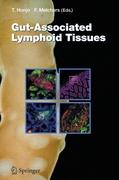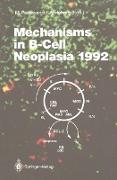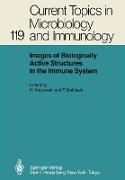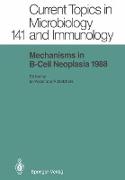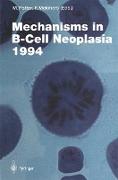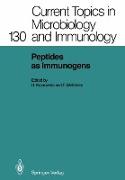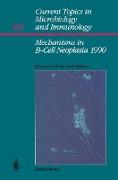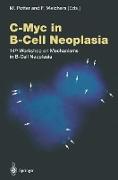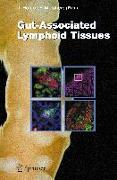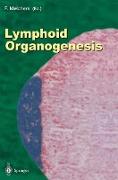Lymphoid Organogenesis
Melchers, Fritz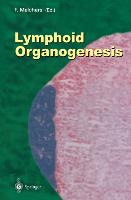
It has been clear for a long time that after transplantation of a lymphoid organ, hematopoietic stem cells can regenerate the compartments of the organ, provided that the rest of its architecture - the strome, the epithelia and the vessels - is intact. Ahead lies the even greater challenge to assemble also these other architectural elements of a lymphoid organ by transplanting stem cells. The workshop on lymphoid organogenesis was convened to ...

